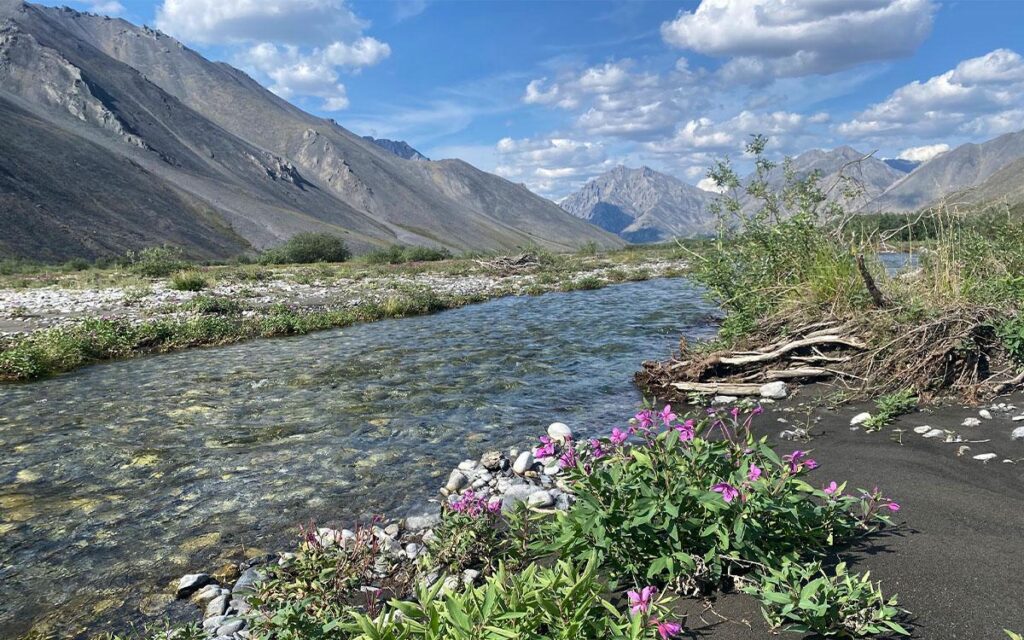The Outcome of the Election Will Decide the Fate of Alaska’s Arctic National Wildlife Refuge
On the cusp of Arctic autumn, we found ourselves alone at the Ivishak River’s headwaters, deep in Alaska’s Arctic National Wildlife Refuge, a vast 19.6 million-acre expanse from the Brooks Range to the ocean. Our eight-day journey was set to explore nearly a hundred miles of untouched wilderness, from dinosaur-old mountains to tundra, ending at the Dalton Highway, a transition from wilderness to oil infrastructure.
The refuge, a symbol in the fight against climate change, is under threat. Alaskan officials push for drilling for oil beneath its surface, citing economic benefits. In contrast, the Gwich’in people and environmental groups have long opposed development, valuing the land’s untouched state. The refuge remains unprotected, unlike its neighbor, the Gates of the Arctic National Park.
In 2017, the Trump administration mandated oil and gas lease sales in the refuge. Although the Biden administration canceled these leases in 2023, the 2017 mandate still requires another sale in December 2024. Democratic nominee Kamala Harris has expressed opposition to fossil fuel leases on public lands, contrasting with Republican plans to revive drilling in the Arctic Refuge.
Our journey highlighted humanity’s smallness and the impact of fossil fuel extraction, with unseasonable heat and thunderstorms, a new phenomenon linked to climate change. These storms forced us to leave the tundra a day early, underscoring the fragile balance of this pristine environment.
As we navigated the Trans-Alaska Pipeline en route to the Dalton Highway, the juxtaposition of wild landscapes and industrial infrastructure was stark. The pipeline, once transporting over 2 million barrels daily, now carries under half a million. The Arctic is warming rapidly, with record temperatures and increased human activity threatening its future.
The upcoming election is crucial for the Arctic Refuge’s future, with millions of voters having a say in preserving one of the last great wildernesses. The decision will not only affect this land but also have broader environmental implications.
arctic,
saving wild places,
wildlife,
indigenous communities,
oil
Original Story at www.sierraclub.org
